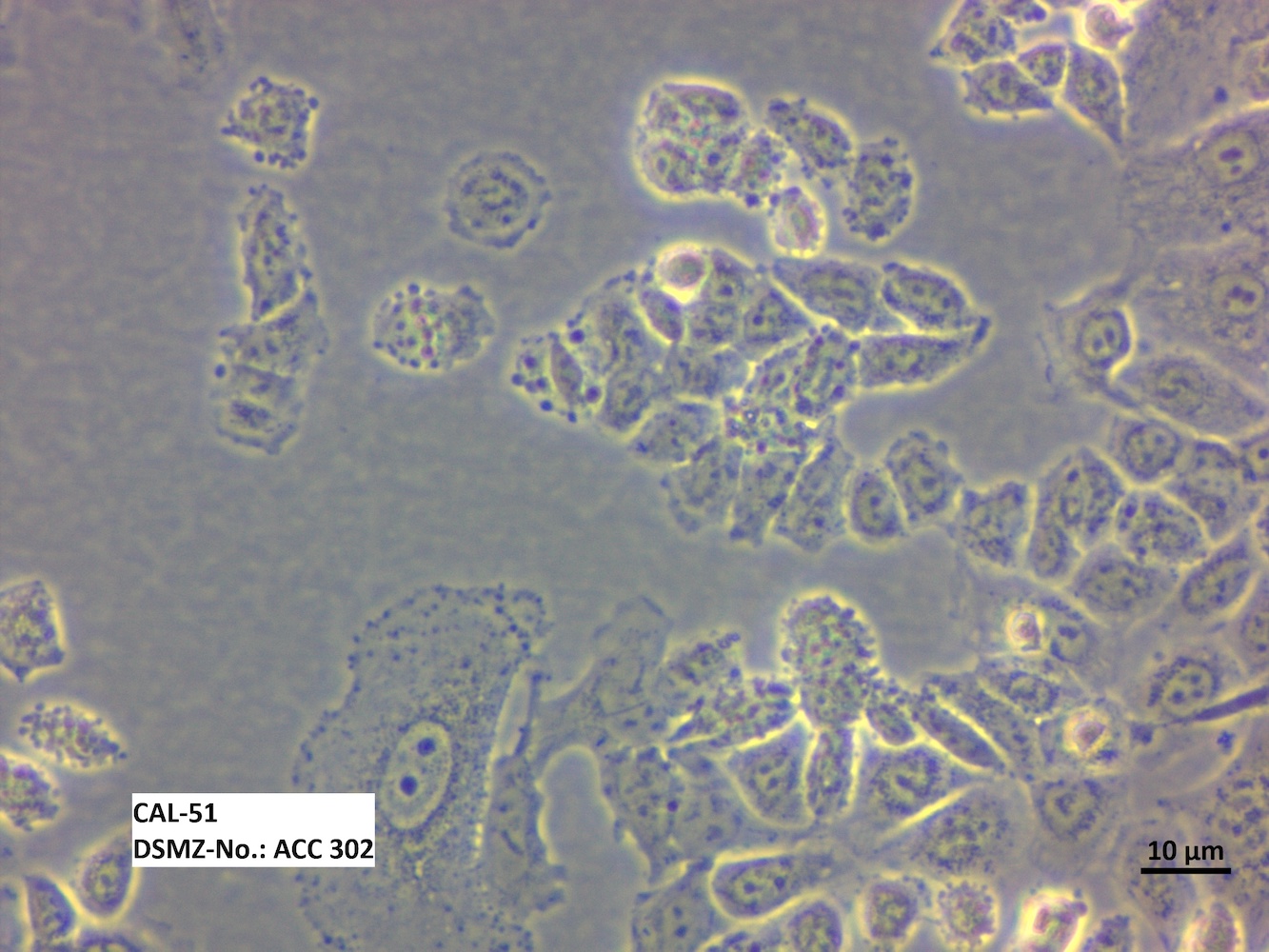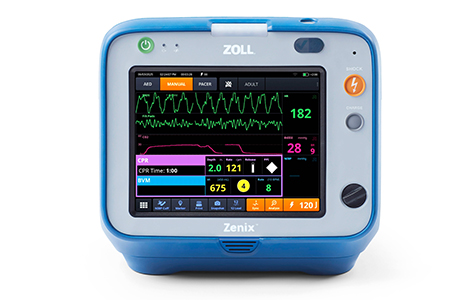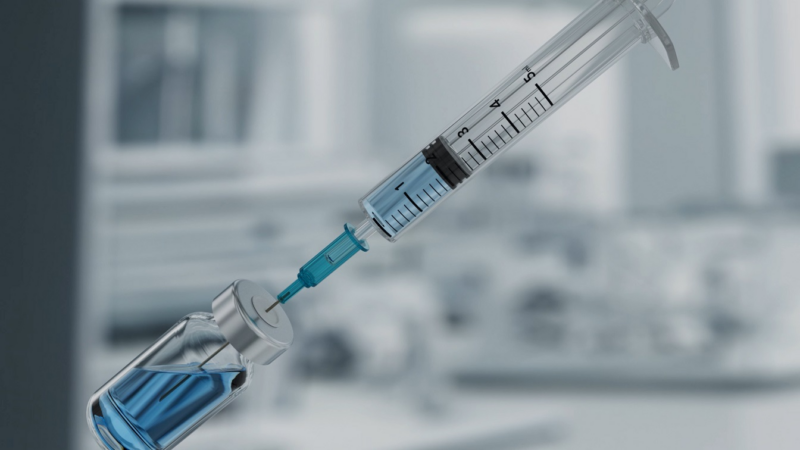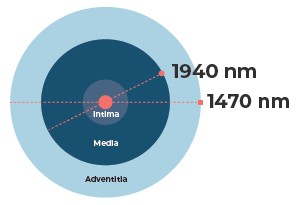Scientists from Braunschweig identify three new cell lines for SARS-CoV-2 research
An international team led by Dr Claudia Pommerenke and Dr Cord Uphoff of the Leibniz Institute DSMZ-German Collection of Microorganisms and Cell Cultures GmbH has identified three cell lines suitable as model system for SARS-CoV-2 research. The scientists published their findings in the renowned journal PLOS ONE ( https://doi.org/10.1371/journal.pone.0255622). Dr Pommerenke is active in the department of Bioinformatics and Databases, Dr Uphoff works in the department of Human and Animal Cell Cultures at the DSMZ.
Cell lines are obtained from cancer cells and are established model systems in basic research. In corona research, these model systems are also used to investigate the penetration of the virus into the cell as well as the subsequent reproduction and release of virus particles, in particular under the influence of medicinal products. Until now, the scientific focus was on three cell lines, one of which stems from monkeys. „The choice of a suitable cell line is the prerequisite of basic research, because findings from animal cells can only partially be transferred to human cells and therefore to humans“, stresses Dr Cord Uphoff of the Leibniz-Institute DSMZ. Together with his colleagues, the cell biologist has examined more than 300 human cancer cell lines for their suitability as model systems.
ACE-2 receptor insufficient as model system
Researchers of the DSMZ and of the Helmholtz Centre for Infection Research (HZI) were able to show that the presence of the surface proteins ACE2 and TMPRSS2 in itself is not pivotal for allowing SARS-CoV-2 to penetrate into the cell. Changes in the composition of the surface proteins, for instance by exchange of amino acids, could also have a significant impact on the uptake of the coronavirus into the cell. Other parameters such as available resources within a cell, its intrinsic immunity or pending apoptosis have to be considered as well.
CL-14, CL-40 and CAL-51 for corona research
After bioinformatic analyses, the scientists chose 29 cell lines to be exposed to SARS-CoV-2. This took place at the HZI, in the biological protection grade 3 laboratory of Dr Ulfert Rand. „Freely available data bases such as in this case the Cancer Cell Line Encyclopedia make this form of screening possible“, explains bioinformatician Dr Claudia Pommerenke of the Leibniz-Institute DSMZ. „For academic staff, it means saving time and resources. They can start immediately with laboratory tests.“
The results of these lab tests were however unexpected: The majority of cell lines that – due to the presence of ACE2- and TMPRSS2-receptors – should have been infected by the corona virus did not even react to it, while eleven cell lines produced only low amounts of infectious virus. Only three cell lines showed high levels of uptake, reproduction and release of corona virus particles. These were the cell lines CL-14 and CL-40 (human colon cancer cells) and CAL-51 (human breast cancer cells). „Due to their characteristics, these three cell lines are ideally suited as model system in corona research. We have done a very good job in characterising these cells, which are located in the collection of the Leibniz Institute DSMZ. They are available to order by scientists worldwide“, summarizes Cord Uphoff.
More than 860 cell lines in the DSMZ collection of human and animal cell cultures
The collection of the Leibniz-Institute DSMZ contains more than 860 cell lines of human and animal origin, including the LL-100 panel. This comprises 100 different cancer cell lines from 22 tumour entities of human leukaemia and lymphoma.
Original publication
Pommerenke C., Rand U., Uphoff C., Nagel S., Zaborski M., Hauer V., Kaufmann M., Meyer C., Denkmann S., Riese P., Eschke K., Kim Y., Safranko Z.M., Kurolt I.C., Markotic A., Cicin-Sain L., Steenpass L. (2021) Identification of cell lines CL-14, CL-40 and CAL-51 as suitable models for SARS-CoV-2 infection studies. PLoS One. 2021 Aug 2;16(8):e0255622.
doi: 10.1371/journal.pone.0255622. eCollection 2021.
Press contact:
PhDr. Sven-David Müller, Head of Public Relations, Leibniz Institute DSMZ-German Collection of Microorganisms and Cell Cultures GmbH
Phone: ++49 (0)531/2616-300
Mail: press(at)dsmz.de
About the Leibniz Institute DSMZ
The Leibniz Institute DSMZ-German Collection of Microorganisms and Cell Cultures is the world’s most diverse collection of biological resources (bacteria, archaea, protists, yeasts, fungi, bacteriophages, plant viruses, genomic bacterial DNA as well as human and animal cell lines). Microorganisms and cell cultures are collected, investigated and archived at the DSMZ. As an institution of the Leibniz Association, the DSMZ with its extensive scientific services and biological resources has been a global partner for research, science and industry since 1969. The DSMZ is the first registered collection in Europe (Regulation (EU) No. 511/2014) and certified according to the quality standard ISO 9001:2015. As a patent depository, it offers the only possibility in Germany to deposit biological material in accordance with the requirements of the Budapest Treaty. In addition to scientific services, research is the second pillar of the DSMZ. The institute, located on the Science Campus Braunschweig-Süd, accommodates more than 75,000 cultures and biomaterials and has around 200 employees. www.dsmz.de
Die DSMZ ist das größte Bioressourcenzentren weltweit. Die Sammlung umfasst derzeit über 75.000 Bioressourcen.
Contact
Leibniz-Institut DSMZ-Deutsche Sammlung von Mikroorganismen und Zellkulturen
Sven-David Müller
Inhoffenstraße 7 B
38124 Braunschweig
Phone: 0531-5312616300
E-Mail: sven.david.mueller@dsmz.de
Url: http://www.dsmz.de
Die Bildrechte liegen bei dem Verfasser der Mitteilung.







